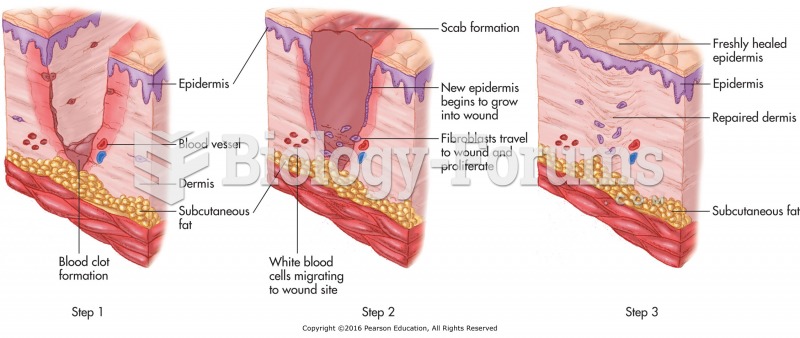Answer to Question 1
Answer:
1. Define the crime scene area, which includes any portion of the premises that may reasonably be anticipated to contain useful evidence.
2. Request backup to help restrict access to crime scene and control onlookers.
3. Clear the interior of crime scene area of all persons other than law enforcement officers that are actively engaged in crime scene duties.
4. Record actions previously taken at the scene.
5. Restrict access to the scene to only those authorized as directly involved in the investigation.
Answer to Question 2
Answer:
1. Evaluate measures and steps that have been taken to include safety procedures, perimeter security and access control, the adequacy of investigative resources, whether witnesses and suspects have been identified, and the degree to which preliminary documentation of the crime scene has been made.
2. Conduct a crime scene walkthrough in cooperation with the first responder and individuals responsible for processing the crime scene to identify any threats to crime scene integrity and begin an initial identification of evidence.
3. Determine the need for a search warrant before collection of evidence.
4. Assess the overall crime scene before evidence collection to develop a plan for working within the crime scene without unnecessarily destroying or contaminating evidence.
5. Identify evidence collection and document team members, including specialists such as odontologists, bomb technicians, arson investigators, entomologists, and fingerprint technicians.
6. Identify protective equipment and clothing that are required to safely process the crime scene.
7. Identify a separate area, if necessary, for equipment and personnel staging and for gathering and sanitizing tools, equipment, and personal protective gear between evidence collections.
8. Assign one officer whose primary responsibility is recording and collecting items of evidence. This will increase efficiency, establish the chain of custody, help prevent loss, and reduce the number of officers who must appear in court.
9. Determine the evidence search method to be used and the point(s) at which the search will begin and establish a working route around the scene to minimize disruption and contamination.
10. Develop, in cooperation with crime scene technician(s) or other trained personnel, a collection plan for identified items of evidence detailing the process and the order of collection.







